Musée de l’Orangerie
The Musée de l’Orangerie is not the most sought after museum in Paris but it certainly is one that deserves to be. The once winter shelter for the orange trees was built at the request of Emperor Napoleon III, the man who gave the Place Concorde its current shape. It was built in length like most orangeries, along the garden terrace of the Seine and was partly constructed in glass (on the side of the Seine) and bricks on the north side in order to avoid the north wind and capture as much heat as possible. .
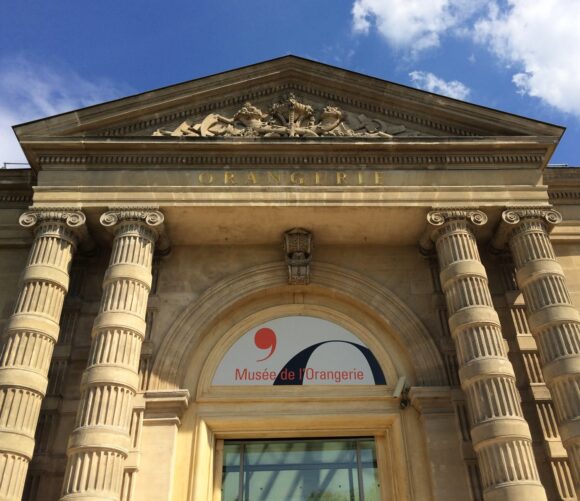
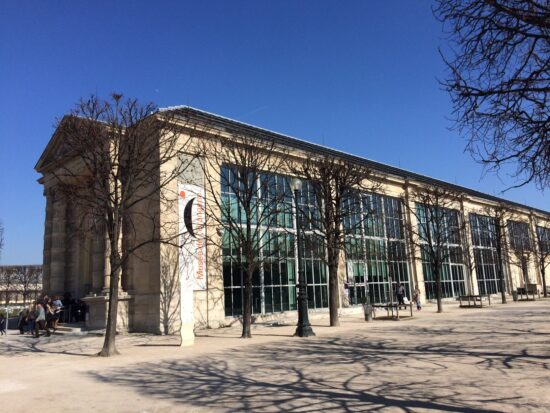
Orangerie’s classic appearance blended in perfectly with the nearby buildings and the architecture of the Tuileries Palace which stood next to the Louvre until the early 1880’s. After WWI Georges Clemenceau president of the council that managed the building, in the context of his plan for the Orangerie to serve as an exhibition space for living artists, gave Claude Monet the chance to convert the inside of the building.
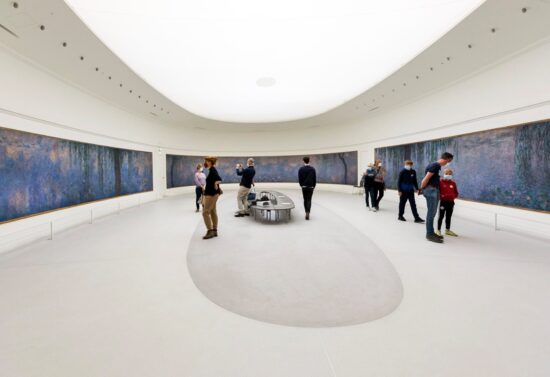
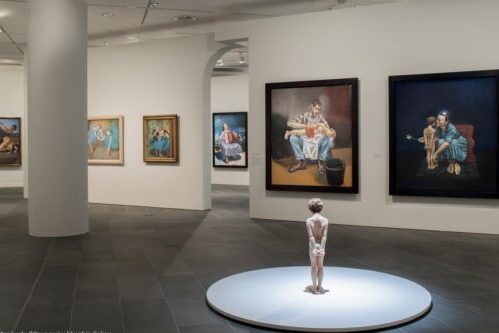
The famous artist spent a lot of time on the architectural design alongside the architect while he also donated a series of large Water Lilies paintings. Monet’s Water Lilies are considered his masterpieces and are today on display at a total length of 91 meters, arranged in 2 oval rooms. Les Nymphéas took up a whole half of the museum that was inaugurated a few months after the artist’s death as the Musée National de l’Orangerie des Tuileries.
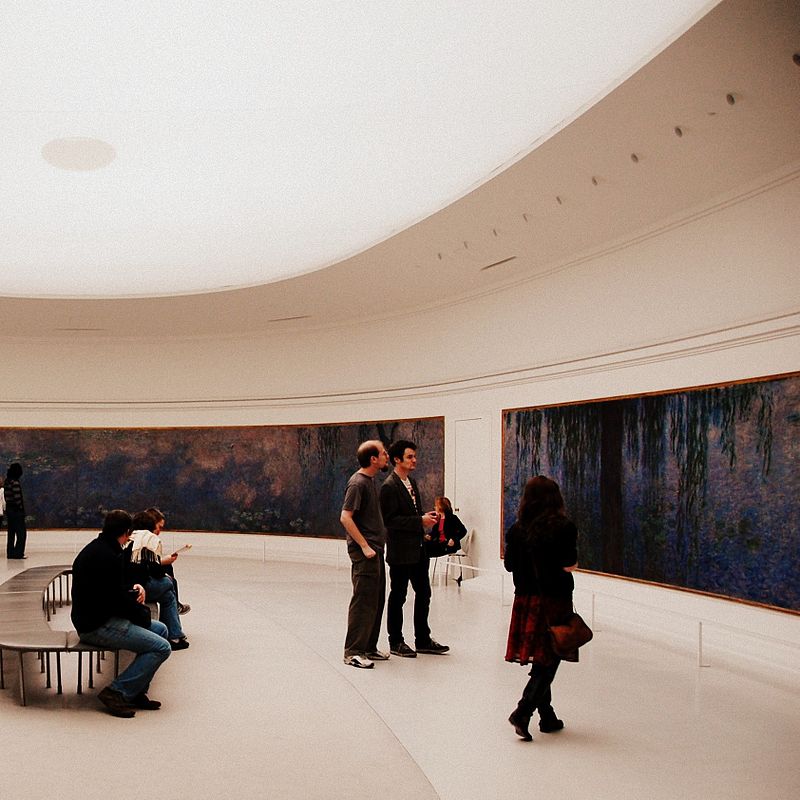
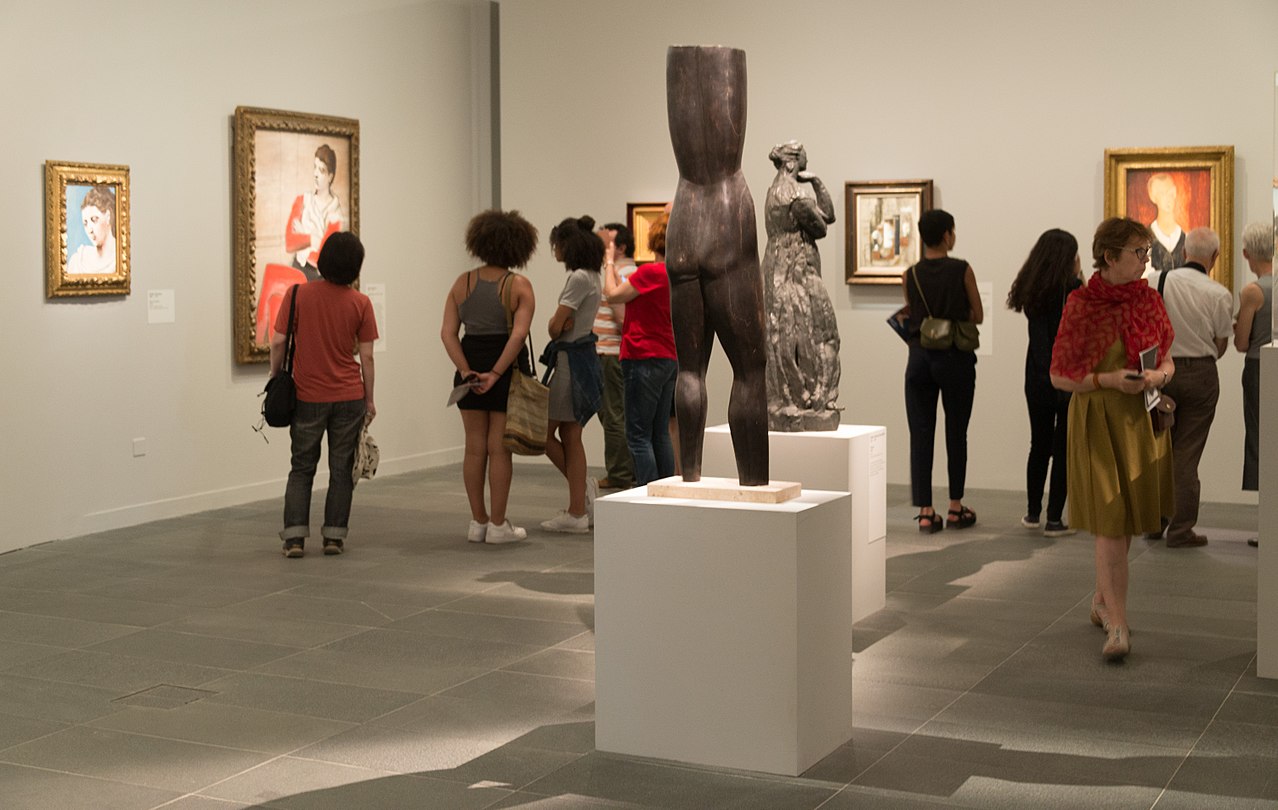
Renoir, Cézanne, Matisse, Picasso, Modigliano, and a series of other artists contributed to the subterranean section, the superb Walter-Guillaume collection of post-impressionist works, from the end of the 19th century to the beginning of the 20th, all exquisite pieces that will take your breath away. More

